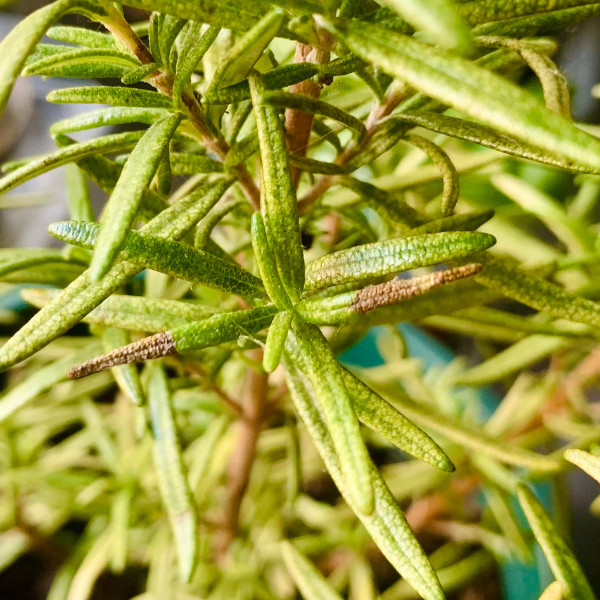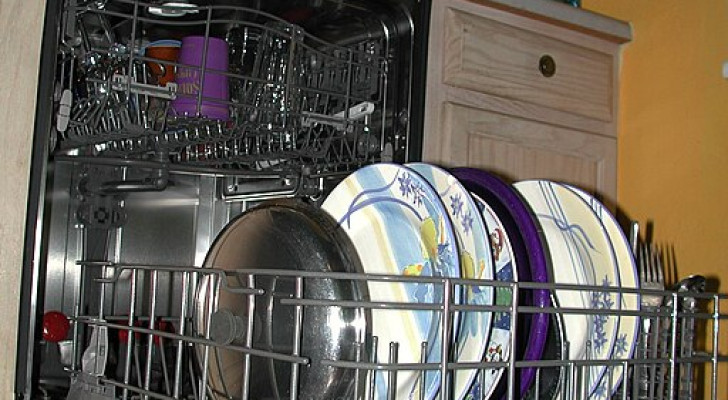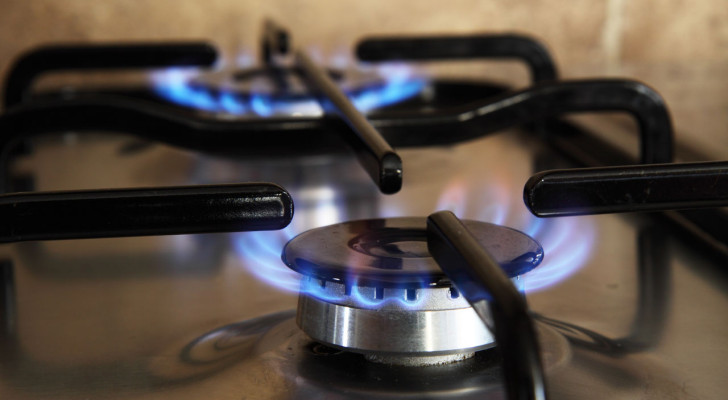Is your rosemary drying out? Try these methods to keep your plants healthy

Rawpixel
Robust and adaptable, rosemary is one of the most appreciated of aromatic plants used in the kitchen and raised in gardens and on balconies and terraces. But despite being a hardy plant, rosemary can run into problems, and this article looks at one of the most common of these, ie. a rosemary plant that has started to dry out.
If your rosemary is drying out, identifying the cause is the first thing you need to do. Below, we provide a short guide on how to do this:
Dry rosemary: climatic and environmental causes
When rosemary leaves start to turn yellow and dry out, the most common causes are climatic and environmental in nature. These include:
- Night frosts: although rosemary is usually resistant to the cold, continued night frosts with temperatures below zero could cause your plants to turn yellow and dry out. Prevent this by protecting your rosemary from the cold with a TNT fabric sheet if the winters in your area are very cold;
- Exposure to sunlight: rosemary requires good exposure to sunlight for at least 6 hours a day, so placing it in a permanently shaded area could cause the innermost leaves of the plant to turn yellow. Conversely, if the daytime hours are particularly hot and muggy, with temperatures above 38 degrees C, it is best to move your rosemary to a cooler, shadier spot;
- Drought: rosemary is one of the aromatic plants that is most resistant to drought conditions. But, if grown in a pot, your rosemary will dry out if you neglect to water it for extended periods.
Dry rosemary: cultivation mistakes

Although rosemary is a low-maintenance plant, there are two possible cultivation mistakes which could be the cause of yellowing and drying-out of its leaves:
- Fertilizing: mistakes in fertilizing could easily lead to the yellowing of the leaves. A lack of nutrients can manifest as the yellowing of the leaves - especially for potted rosemary (as the growing medium could quickly become exhausted); over-fertilizing however - especially with nitrogen - can also negatively impact rosemary grown both in pots and in open ground;
- Irrigation: as mentioned above, continued drought conditions can cause the yellowing of the leaves and your rosemary to dry out. That said, over-watering rosemary can also cause problems; too much water can easily wash away essential nutrients in the soil and water-logging can cause root rot.
Drying out caused by disease

Some diseases can also cause the drying out of a rosemary plant (which initially manifests as brown spots appearing on the leaves and/or them turning yellow). Parasites can also affect the roots or foliage of the plant. Here are some of the more common problems you may run into in this regard:
- Nematodes (round worms): these parasites attack the roots causing a yellow-grey coloration of the leaves with brown spots or dryness due to the plant being "robbed" of nutrients;
- Rosemary chrysomela (rosemary beetles): these beetles feed on rosemary leaves, weakening the plant;
- Fungal diseases: the main fungal diseases that can affect rosemary are powdery mildew (white powdery spots on the leaves), anthracnose (shoots and young leaves have dark spots on them) and alternaria (round, black spots on the leaves).
Now that you know the possible causes, you can easily prevent your rosemary from drying out.





